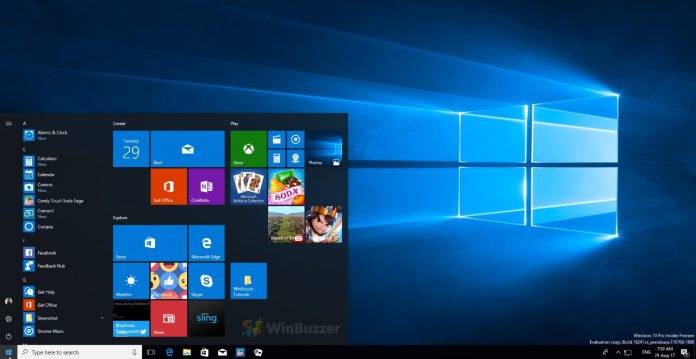If you are unfamiliar with Windows Indexer (you’re not alone), it acts as the inner workings for File Explorer. Most of us are probably fairly untidy with our folder management on Windows 10. A folder is created, it may go into another folder, and slowly folders spread. Indeed, there are files all over the OS, from different explorer locations to the desktop. While these files are many and spread around, Windows search function needs to be able to surface them quickly. Windows Indexer works behind the scenes to tag all the folders and organize them for search. Microsoft is now working on making Windows Indexer better. The ongoing development is happening through the Windows Insider Program. That means it is on Redstone 4 builds in preview and won’t come to the platform proper until next spring. Speaking on its blog, Microsoft explained some problems the Indexer has in its current form; “As the Indexer moves from folder to folder, query speeds drop. When the Indexer detects that query speeds could be dropping, it merges indexes to increase performance. A fully merged index returns results up to 10x faster than an unmerged index. But there’s a catch: merges require a lot of CPU — which, in turn, drains the battery. The more files you have, the greater the power drain. In fact, the biggest complaint that we heard from Insiders was that the Indexer uses too much battery.” Microsoft wants to optimize Indexer to be able to work to within a millisecond. The newer quicker version has been running in Insider builds without users knowing. In the post, the company says the aim is to lower the threshold and improve battery life.
Improving Indexer
As with most things in Windows 10, the Windows team is looking to optimize the Windows Indexer experience, even down to the millisecond so they were excited to have had Insiders help with the project. “Slowly the data started to trickle in. What we saw on our screens was amazing — despite the threshold drop, the query speeds were unchanged. Even more amazing — our heaviest users were gaining up to 10 minutes of additional battery life with the threshold change. The test ran for 6 weeks last summer and, over that time, we gathered data from over 10,000 Insiders. The data gave us all the support we needed to push the change out to our production builds. We also used the testing to validate a bunch of other indexer improvements: a 40% reduction in the amount of processing required to index text heavy files, the addition of code to smooth out some spikey CPU usage, and dozens of fixes to prevent cases where the index is corrupted and needs to be repaired.”




